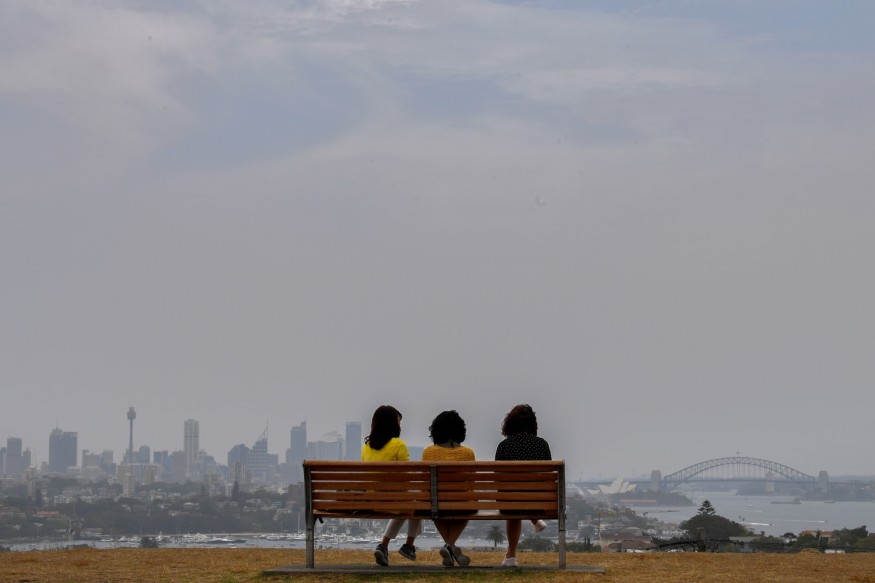
More than 15 million acres in Australia were burned in one of the world's worst fire seasons on record. That's an area larger than West Virginia, and eight times more massive part that burned in California in 2018, the state's most destructive year for wildfires.
The fires have now killed more than 20 humans and destroyed nearly 2,000 homes. Though rain brought firefighters a peaceful respite Wednesday, the AP reported that hot and windy situations that would make the fires burning are forecasted to go back later this week.
It's an explicitly looming catastrophe: In a warming world, extreme fire occasions like this one would be much more likely to happen.
Here's what absolutely everyone should understand about the disaster in the land down under.
1) The fires broke out in a record-breaking heatwave
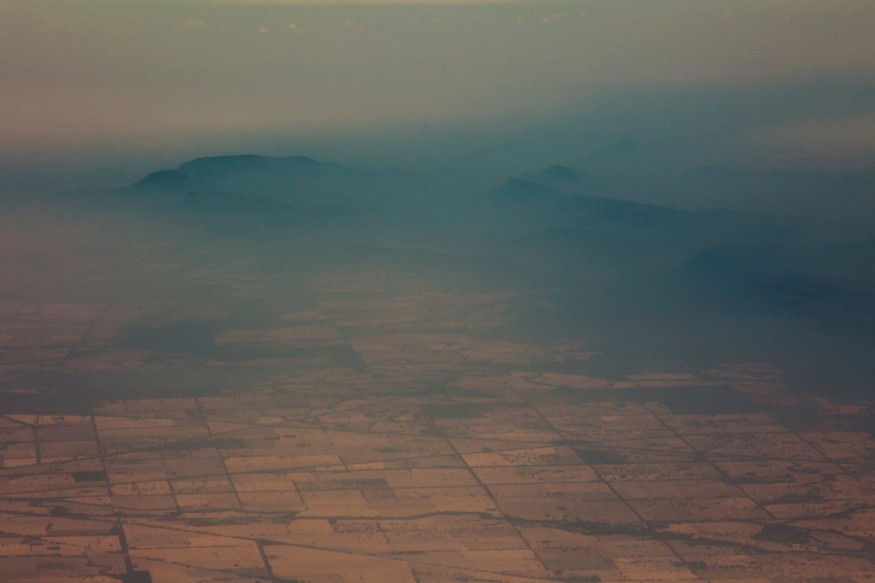
The fires are directed on Australia's southeast coast - particularly New South Wales and Victoria. The country's southeastern region is the most severely affected; however, the fires have also hit every Australian state and territory this season.
Australia was already enduring its hottest and driest year on record before the fires started. It's summer in the Southern Hemisphere, and the heat keeps growing.
Much of the harsh heat was followed by brisk winds over much of Australia, which heightens fire risks and increases blazes. The wind gusted up to 80 mph over the weekend, fanning flames and pushing heavy smoke over major cities."
Dry weather, high temperatures, and wildfires are common this time of year in the land down under. But the severity and persistence of these hot conditions are disturbing and match the pattern of what scientists expect as climate change.
2) Climate change is partly to blame. But so is weather variability.
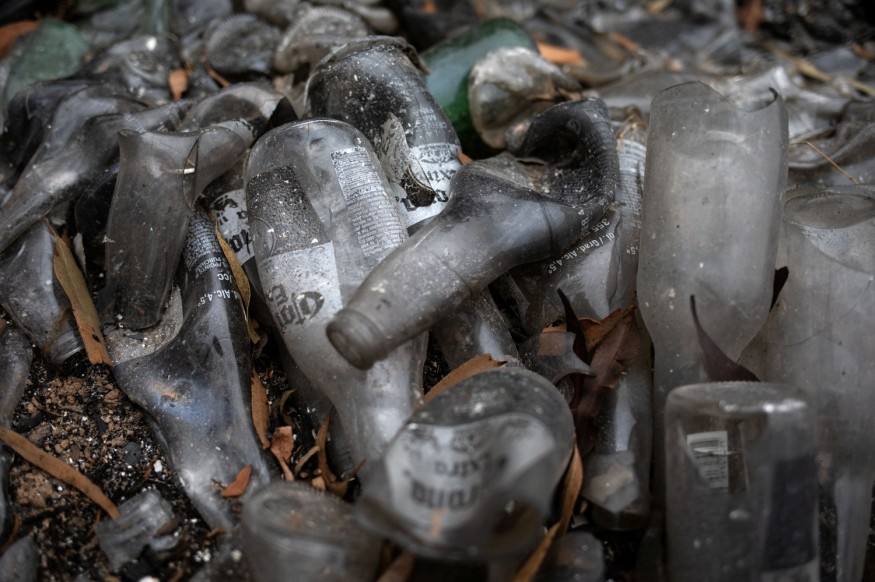
This summer's high heats and consequent fires are linked to climate change, which pushes long-term warming trends and makes these kinds of events more severe. Australia's country geography is also a factor, as well as the unfortunate alignment of a few short-term weather patterns.
Indian Ocean Dipole - the temperature gradient cycle between the eastern and western Indian Ocean - was in its positive phase in 2019, which made the massive heatwave.
Southern Annular Mode - the movement of the circular belt of wind around Antarctica as it shifts north or south - is another red flag. It's in its negative side right now, bringing dry conditions to Australia.
Australia's yearly monsoon rains in the northern part of the country were also delayed, which allowed more heat to accumulate over the central part of the country.
3) Australia's fire season is getting longer and more dangerous.
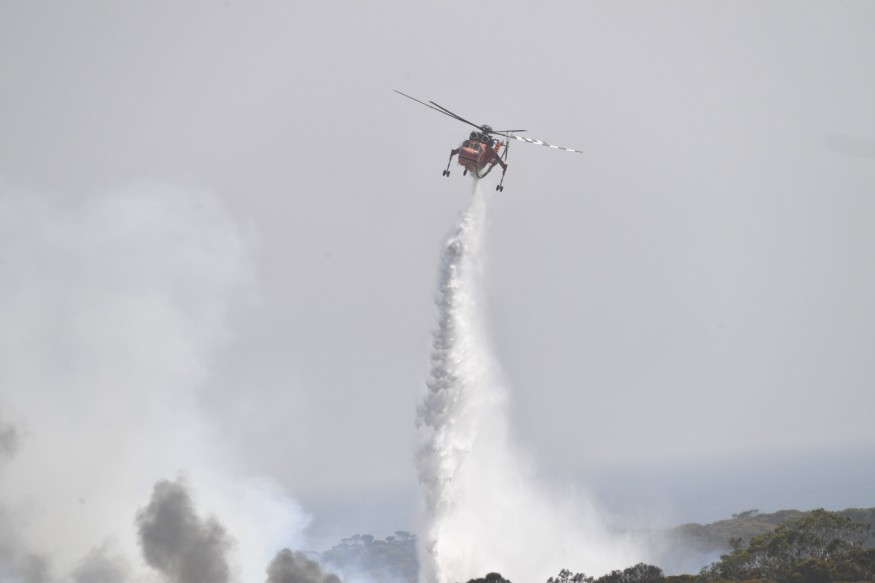
Wildfires are a common part of Australia's ecosystem. Many plants and organisms depend on regular fires to germinate, cycle nutrients, and pure decay.
Australian Bureau of Meteorology's 2018 State of the Climate reported that the country's climate has warmed by just over 1° C since 1910, leading to an increase in the number of extreme heat events.
Increased heat and drier weather combined turned vegetation into tinder, which is ready to ignite near some of the most densely populated parts of the country.
While these fires may not be 100 percent attributable to climate change, scientists anticipate seeing more extreme wildfires in Australia in the latter part of this century.
4) Millions of plants and animals in Australia are in danger

Australia is one of the major biodiversity hotspots worldwide. The island continent was separated from the rest of the world for millions of years, which allows evolution to take strange new paths with minimal human influence.
Ecologists fear that critical ecological consequences of so much land being burnt at once. Manu Saunders, an ecologist at the University of New England in Australia, explained that the whole concept of an ecosystem depends on connectivity. "There are millions of individuals, and hundreds of different species across whole forests rely on each other," Saunders added.
The loss here is almost hard to fathom. The flames directly killed many animals. Distressing photos of burned kangaroos and koalas, and videos of dead animals on the sides of the roads, have circulated online over the past week.
Regardless of the exact numbers, Australia's situation is a crisis for biodiversity in the country, which is home to some of the planet's most distinctive animals, like koalas.
5) There's lots of smoke
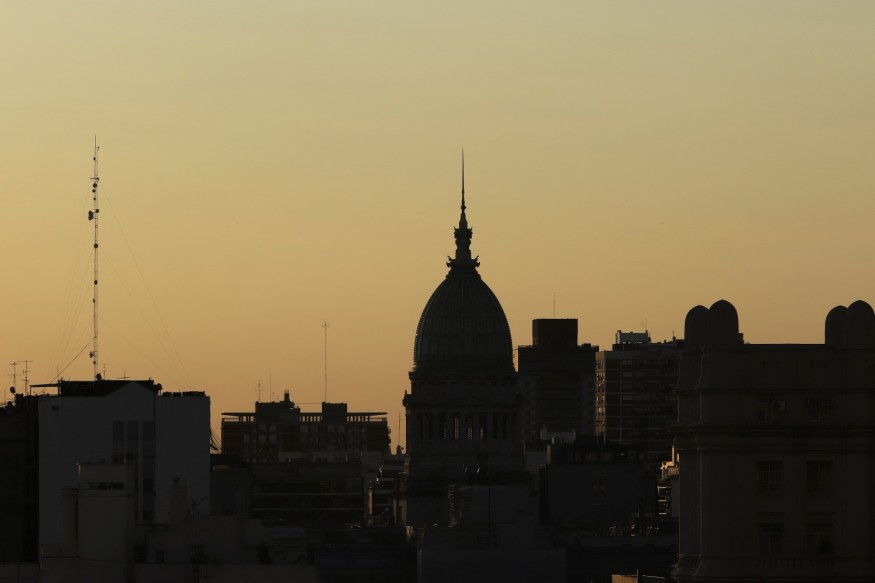
Where there's fire, there's smoke. The smoke is so abundant that NOAA reported the fire is "in the process of circumnavigating the planet," showing up over South America after being propelled there by the wind.
The smoke itself is a hazard. It's an irritating pollutant that worsens respiratory illnesses and heart problems. Fine particles from soot and smoke can be smaller than 2.5 micrometers - tiny enough to stick themselves into the crannies of the lungs and pass into the bloodstream.
The most significant health threat from smoke, according to the US Environmental Protection Agency (EPA), comes from fine particles. EPA added the microscopic particles could get into one's eyes and respiratory system. EPA added fine particles also aggravate chronic heart disease.
© 2025 NatureWorldNews.com All rights reserved. Do not reproduce without permission.





